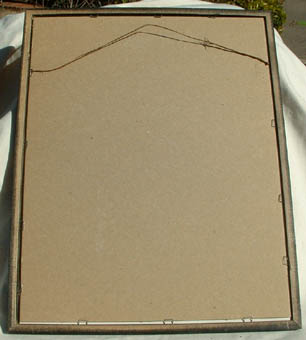


Terence Clark (PhD) is a faculty member in the Department of Archaeology and Anthropology in the College of Arts and Science. With support from the Canada Council for the Arts, the project is exploring how augmented reality can create opportunities for connection through art, both by making art accessible anywhere through approaches such as digital 3D sculptures and by providing additional content that is often personal in nature.Ĭlark, who previously served as a curator at the Canadian Museum of History in Gatineau, Québec, said digital repatriation enables museums and researchers to keep “accurate archive-quality models” of artifacts for further study and to also be able to “rightfully return them to the community that they belong to.” Clark wanted to see if the Shared Spaces team could undertake the digitization process in relation to the birch bark canoe-and the experiment turned out well.ĭr. He is also a member of Shared Spaces, a three-year project of the USask Art Galleries and Collection. Terence Clark (PhD), a faculty member in the Department of Archaeology and Anthropology in USask’s College of Arts and Science, played a key role in the repatriation of the canoe.

“Showing the Cree version is adding another layer of protection for the Indigenous knowledge that is spoken by my grandparents in the film,” she said.ĭr. Roberts is also grateful “that someone, way back in the ’70s, appreciated the knowledge” her grandparents had and consequently “went to the effort of filming the whole thing from start to finish.” The Cree version of My Last Canoe will be played at the museum as part of the exhibition-something Roberts applauds. Rose Roberts (PhD) is a granddaughter of Isaiah and Annie Roberts who grew up in Stanley Mission, Sask. “It’s a really good feeling because it is such a gift, and he was so good at it,” said Rose Roberts (BSN’96, MSc’01, PhD’06), a three-time USask graduate who currently works as an educational development specialist with the Indigenous Voices team at the Gwenna Moss Centre for Teaching and Learning.ĭr. Rose Roberts (PhD), a granddaughter of Isaiah and Annie Roberts who grew up in Stanley Mission, Sask., is pleased viewers will be able to see the augmented reality version of her grandfather’s canoe.
Bark art creative kit code#
A QR code in the exhibition space will enable visitors to see an augmented reality version of the canoe on their cellphones through the app.ĭr. As a result, visitors to Remai Modern will now be able to view a 3D model of the canoe via an app that was also created by Shared Spaces. Prior to a repatriation ceremony that was held in Grandmother’s Bay, Sask., 3D documentation of the canoe was undertaken by USask’s Shared Spaces team. (Photo courtesy of Shared Spaces)įor years following the filming of the video, the canoe was stored in the Archaeology Building on the USask campus before faculty members initiated its return to the Lac La Ronge community in 2020. Three-dimensional documentation of the canoe was undertaken by the Shared Spaces team.


 0 kommentar(er)
0 kommentar(er)
